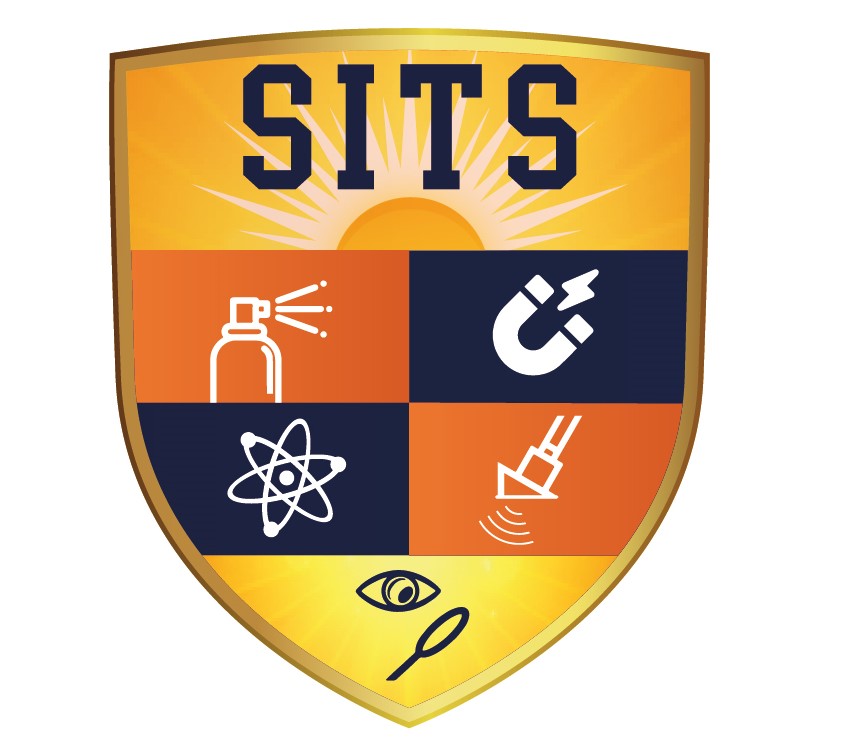Ultrasonic Testing
High-frequency sound waves are directive, and they will travel through a medium until they reach a boundary with another medium, when they will reflect back to their source. It is possible to determine the thickness of a test piece or find evidence of fissures or other hidden internal faults by studying these reflections.
Ultrasonic Inspection Techniques
Parts are examined utilising direct contact or immersion ultrasonic testing, depending on the test requirements.
A thin layer of couplant separates the transducer from the test object in contact Ultrasonic Inspection, while a column of water separates the transducer from the test object in immersion Ultrasonic Inspection.
The ultrasonic testing can be conducted in two modes: reflection and attenuation.
In reflection or “pulse-echo” mode the transducer accomplishes both the sending and receiving of pulsed waves as the “sound” is hit back to the transducer from flaws. In attenuation or “through-transmission” mode a transmitter sends ultrasound through one surface, while a separate receiver is used to receive the signals from another surface, presence of flaws is detected by the changes in sound energy after passing across the medium.

